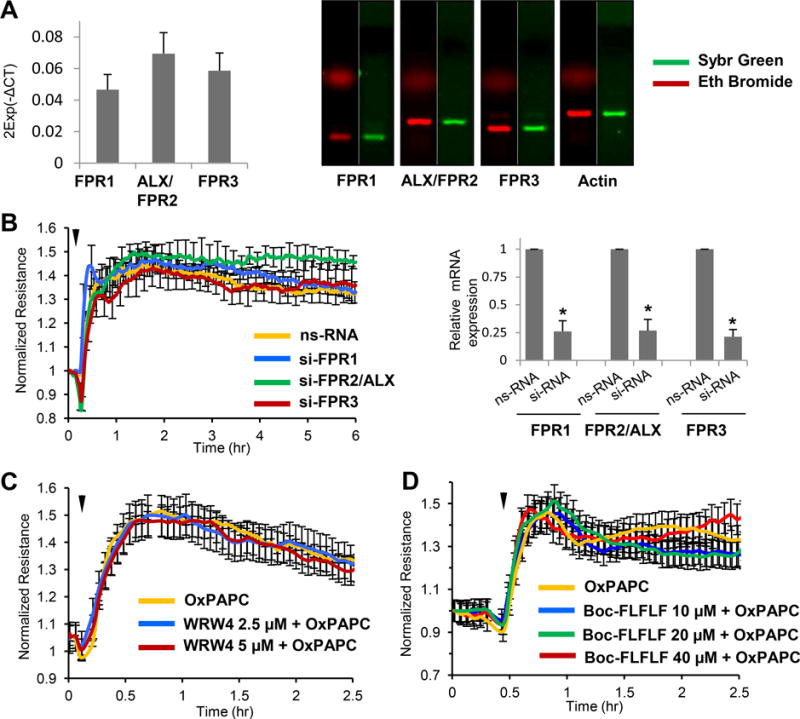Figure 1. Inhibition of FPR1-3 receptors does not affect barrier-enhancing effects of OxPAPC on human pulmonary EC.

A - Expression of FPR1, FPR2/ALX and FPR3 mRNA in HPAEC was evaluated by qRT-PCR. PCR products corresponding to FPR1, FPR2/ALX and FPR3 were resolved by agarose gel electrophoresis and visualized by gel staining with Ethidium Bromide (red) and SYBR green (green) B - HPAEC plated on microelectrodes were treated with non-specific RNA oligomers (nsRNA) or gene-specific siRNA to FPR1, FPR2/ALX and FPR3, respectively (50 nM, 72 hrs). TER measurements were performed following stimulation with OxPAPC (15 μg/ml, marked by arrow). C and D - TER measurements of HPAEC monolayers preincubated with FPR receptor peptide inhibitors: C - WRW4, 2.5 or 5 μM, or: D - Boc-FLFLF, 10, 20 or 40 μM, 1 hr prior to OxPAPC treatment (marked by arrow). The TER curves represent pooled data from three independent experiments.
